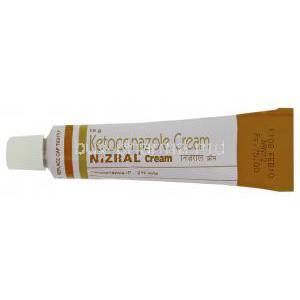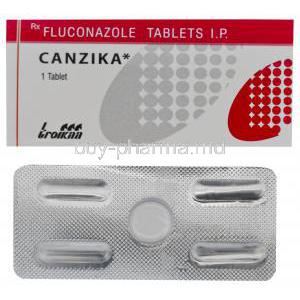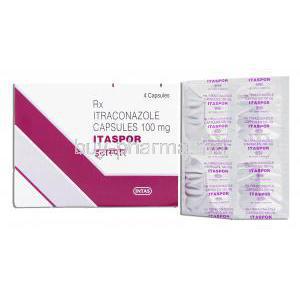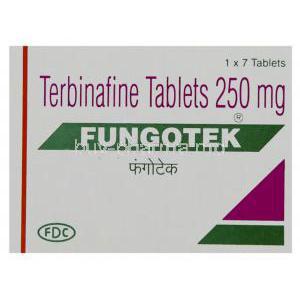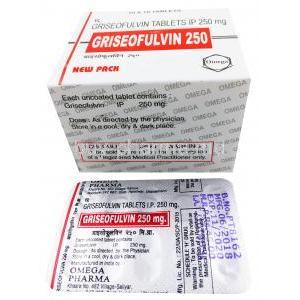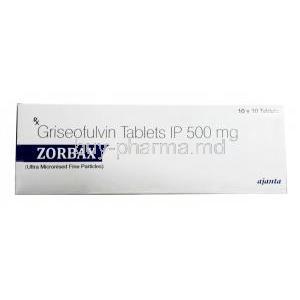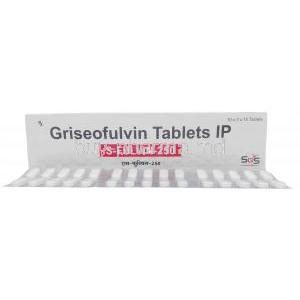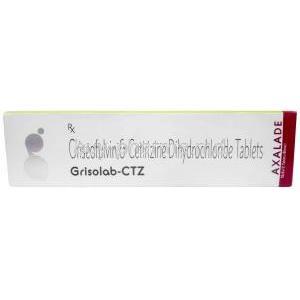Nizoral Cream
- I. Introduction to Nizoral Cream
- II. Composition of Nizoral Cream
- III. How Nizoral Cream Works
- IV. Uses of Nizoral Cream
- V. Dosage and Administration
- VI. Common Side Effects
- VII. Serious Side Effects and Adverse Reactions
- VIII. Interactions with Other Medications
- IX. Warnings and Contraindications
- X. Careful Administration
- XI. Important Precautions
- XII. Administration to Specific Populations
- XIII. Overdosage
- XIV. Storage and Handling Precautions
I. Introduction to Nizoral Cream
Nizoral Cream is an effective solution for various skin fungal conditions, serving as a key treatment option. Developed through scientific research, its formula is specifically crafted to address fungal infections accurately. At the core of its effectiveness lies Ketoconazole, an antifungal ingredient recognized for its strong impact on a wide range of fungi.
Overview of Nizoral Cream
Nizoral Cream, which contains Ketoconazole as its component, is a remarkable product in the field of dermatology. It provides relief from fungal infections through its application on the skin, targeting specific areas and aiding in the quick healing of affected skin regions while minimizing overall bodily effects.
History and development
The creation of Nizoral Cream can be linked to the quest for top-notch antifungal solutions. Crafted after pharmacological investigations, it stands as a significant progress in treating fungal skin infections, providing optimism for individuals battling cutaneous mycoses.
The active ingredient: Ketoconazole
Ketoconazole, the ingredient in Nizoral Cream, works by weakening the structure of fungal cell membranes. This important component has played a role in establishing the cream's reputation as a respected antifungal treatment in the world of medicine.
II. Composition of Nizoral Cream
Nizoral Cream is carefully crafted to balance effectiveness and safety. The formula combines an ingredient with various inert components, each playing a unique role in improving the cream's healing properties and overall appeal.
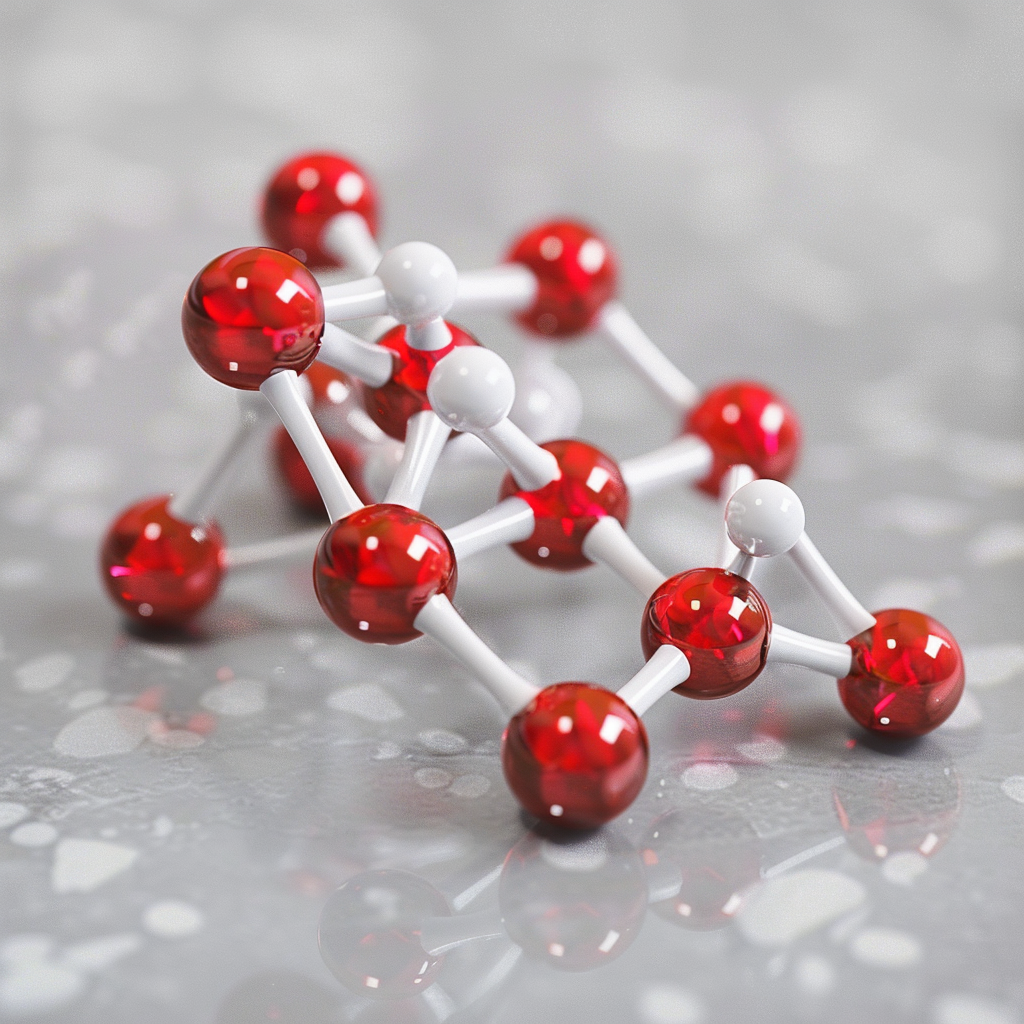
Active ingredient analysis
Nizoral Cream's key ingredient is Ketoconazole, known for its antifungal properties. Its way of working is complex and interesting as it specifically attacks the cell membrane with great accuracy.
Inactive ingredients and their roles
- Emollients and moisturizers are included to keep the skin hydrated and smooth, making sure that the cream is effective and gentle on the skin's surface.
- Preservatives are added to prevent growth, ensuring the cream remains safe and effective for a long time.
- Stabilizers help the cream maintain its texture and effectiveness throughout its use.
Pharmaceutical form and characteristics
Nizoral Cream comes in a silky, uniform blend designed for effortless use and quick absorption. The formulation is carefully crafted through research to enhance treatment effectiveness and ensure patient convenience.
III. How Nizoral Cream Works
The intricate workings behind how Nizoral Cream combats fungi are both intricate and captivating. By focusing on the ergosterol element found in cell membranes, it interferes with cell structure, ultimately causing the fungal cells to perish.
Mechanism of action of Ketoconazole
Ketoconazole works as a medication by blocking the formation of ergosterol a crucial element in the membranes of fungal cells. This interference with ergosterol production results in membrane permeability and, eventually, cell breakdown.
Effect on fungal cell membranes
Ketoconazole disrupts the cell membrane structure, leading to a series of cellular malfunctions that ultimately result in the death of the fungal cell.
Spectrum of antifungal activity
Nizoral Cream is known for its ability to effectively combat a variety of fungi, including dermatophytes, yeasts, and molds. Its broad spectrum of properties makes it a valuable tool in the field of dermatological treatment.
IV. Uses of Nizoral Cream
Nizoral Cream is a versatile antifungal medication that effectively treats various types of fungal infections. It is commonly used for conditions such as:
- Athlete’s Foot
- Jock Itch
- Ringworm
Indications for use
Nizoral Cream is mainly used to treat skin fungal infections, making it a valuable tool in managing dermatophyte infections and skin candidiasis.
Off-label uses
Research has explored alternative applications of Nizoral Cream, demonstrating its diverse therapeutic benefits. Notably, it has been studied for the management of:
V. Dosage and Administration
The dosage schedule for Nizoral Cream is customized based on the type and extent of the infection, aiming for maximum effectiveness and patient adherence. It's important to consider the application techniques and duration of treatment when devising the therapy strategy.
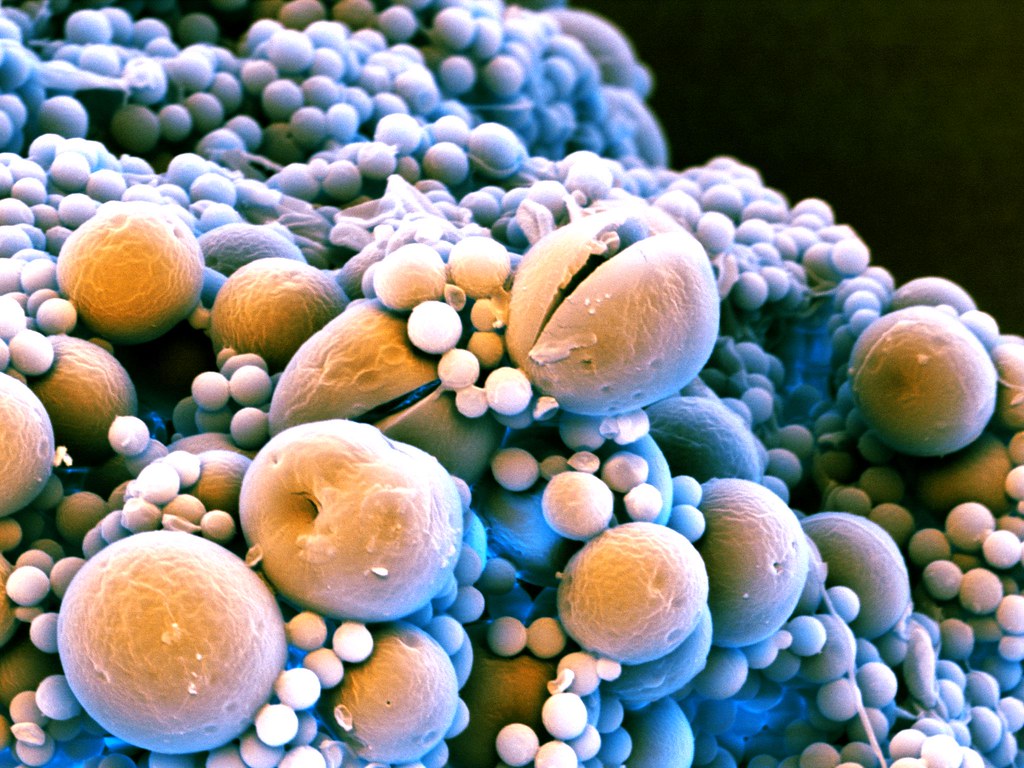
Recommended dosage for different conditions
Usually, Nizoral Cream is used twice a day depending on how severe the infection is. You should apply the cream thinly to the area that needs it, following the instructions for each condition.
Method of application
To achieve the results, it's important to apply the cream to clean and dry skin. Using a circular motion can help the skin absorb it better.
Duration of treatment
The duration of treatment can vary, ranging from weeks to several months, depending on how the infection responds to the therapy. It's crucial to finish the recommended course to avoid it coming back.
VI. Common Side Effects
Although Nizoral Cream is generally well received, a few people might encounter some side effects. These effects are usually mild and temporary often fading away on their own without requiring any intervention.
List of frequently encountered side effects
- Feeling a bit annoyed at the spot where the product was applied
- Experiencing an itchiness or burning feeling
- Noticing some redness or slight swelling in the area that was treated.
Managing minor side effects
Minor side effects tend to lessen with time. Applying a compress or using gentle, fragrance-free lotions can help relieve any discomfort. If the symptoms continue, it's recommended to consult a healthcare professional.
VII. Serious Side Effects and Adverse Reactions
In some cases, Nizoral Cream can lead to severe skin reactions. It is crucial to stay alert and take action in these situations to prevent negative consequences.
Identifying serious reactions
Severe adverse effects may consist of responses like hives, breathing difficulties, and swelling of the face, lips, tongue, or throat. These signs require medical intervention.
Steps to take if serious side effects occur
If you notice any side effects, it is important to stop using Nizoral Cream and seek advice from a healthcare provider right away. A professional evaluation will help decide on the way forward to keep the patient safe.
VIII. Interactions with Other Medications
When using Nizoral Cream alongside medications it's important to carefully assess any possible interactions to prevent negative effects. Understanding how these combinations may affect the effectiveness of your treatment is crucial.
Known drug interactions
- Using topical treatments together may change how well they work or how they get absorbed.
- Even though only a small amount gets into the bloodstream, it could affect drugs for blood thinning, diabetes, and high blood pressure.
Impact on the efficacy of other treatments
Interacting with others could lead to a decrease in the effectiveness of treatments or a chance of experiencing negative side effects. It is recommended that healthcare providers carefully monitor and make changes to reduce these potential risks.
Recommendations for co-administration
Before adding Nizoral Cream to your medication routine, it's essential to consult with a healthcare provider. They may need to make adjustments to ensure the treatment results.
IX. Warnings and Contraindications
Although Nizoral Cream is effective it may not be suitable for everyone. There are situations where its use is not recommended due, to the possibility of negative side effects.

Conditions under which Nizoral Cream should not be used
- Avoid using this cream if you are sensitive to ketoconazole or any of the ingredients in the formula.
- Do not apply the cream on wounds or mucous membranes, as it is designed specifically for skin-related purposes.
Potential risks associated with its use
Using a product inappropriately can lead to reactions, from mild irritation at the application site to potential side effects throughout the body, depending on where it's applied and the patient's general health condition.
X. Careful Administration
It is important to use Nizoral Cream, especially in situations where extra care is needed to avoid any negative effects.
Special considerations for application
A consistent and light application of the treatment, along with not using airtight coverings, improves the effectiveness of the therapy. Reduces the chances of skin irritation.
Areas of the body to avoid
To prevent irritation and absorption into the body, it's best to avoid contact with your eyes, mucous membranes, and other sensitive areas.
Use with other topical treatments
It might be important to use various topical treatments in a specific order to avoid interactions and ensure that each medication works as intended.
XI. Important Precautions
Careful observation and strict adherence to safety measures are essential to maximize the healing advantages of Nizoral Cream while minimizing side effects.
Monitoring for side effects
Observing for any signs of irritation or negative reactions allows us to quickly adjust the treatment plan as needed.
When to seek medical advice
If the side effects continue or get worse, it's important to see a healthcare provider for a review of the treatment plan.
Precautions for use in sensitive areas
In some areas, it's important to be extra careful when applying products to prevent irritation and absorption into the body. This might call for adjusting how you apply them.
XII. Administration to Specific Populations
Administering Nizoral Cream to groups of people requires a personalized strategy that takes into account the specific physiological factors unique to each population.

Administration to the elderly
Elderly individuals might show increased sensitivity to treatments requiring precise dosing and regular supervision.
Administration to pregnant women and nursing mothers
During pregnancy and breastfeeding, it is recommended to consult a healthcare provider to evaluate the risks and benefits of using Nizoral Cream, as there is information on its systemic absorption.
Administration to children
When giving medication to children, it's important to take into account their age-related skin issues. How well their skin can act as a protective barrier to ensure that the treatment is both safe and effective.
XIII. Overdosage
In the scenario of an overdose of Nizoral Cream, it is crucial to promptly identify symptoms and take immediate action to handle any possible complications.
Signs and symptoms of overdose
Overusing it could result in pronounced side effects, like intense irritation, redness, or swelling.
Immediate actions to take
Stopping the use of Nizoral Cream and seeking medical advice is recommended if symptoms of overdose occur.
Treatment and management of overdose
The approach involves easing symptoms and aiming to prevent absorption using medical treatments that are adjusted based on the seriousness of the symptoms.
XIV. Storage and Handling Precautions
To maintain the effectiveness of Nizoral Cream it is important to follow the recommended storage guidelines and handling instructions.
Proper storage conditions
Remember to keep Nizoral Cream in a dry place at room temperature to maintain its effectiveness.
Shelf life and expiration
It's really important to pay attention to the expiration date of the cream because its effectiveness and safety may not be ensured after that time.
Safe disposal of Nizoral Cream
When cream has passed its expiration date or is no longer needed it should be appropriately disposed of following guidelines to avoid harming the environment and accidental contact.


